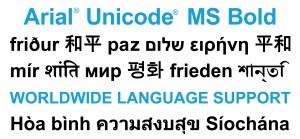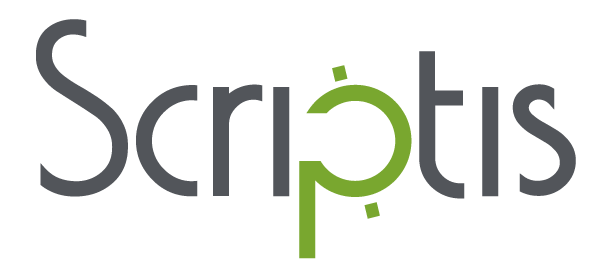Multilingual DTP (Desktop Publishing): Process and Procedures
Multilingual DTP (Desktop Publishing): Process and Procedures
When translating print or digital media such as brochures, catalogs, ads, or posters, you’ll typically need multilingual DTP (desktop publishing) services as well. The new language will change the look and layout of your design.
- When translating into Spanish or Italian, the number of characters will increase, requiring reformatting to fit the text to the design.
- For languages like Chinese or Japanese, breaks between words are not indicated in the same way as they are in Romance languages. Reformatting after translation makes sure the line breaks are correct.
- For languages that read right-to-left, such as Arabic or Hebrew, the whole design will need to be flipped. This creates additional complexities for which your design team may not be equipped. For example, incorporating numbers and untranslated brand names (which read left-to-right) within right-to-left text can be tricky.
What do we need from you?
If you require multilingual DTP services, our project manager will ask you for the native design files. A typical InDesign DTP package will include:
- The .indd or the corresponding .idml file best suited for import into a CAT (Computer- aided Translation) tool to correctly extract the translatable text and provide it to our translation team.
- A folder of all the images in the design. When the translated text is re-imported, this allows the layout to be re-generated with corresponding images. If there are several target languages, you may want to use different images for each language (for example, images suited to a particular cultural group.)
- A folder of all the fonts that are used to generate the look of the words on the page, to ensure visual consistency between the source text and the translated text.
Did a vendor outside your organization design the English-language source? They should have provided all the native design files. The deliverables of a project should always include the native files. You have the right to request them, even if you do not work with this vendor anymore. If you only have a .pdf of the final design, our multilingual DTP operators will need to re-create the design files from scratch. This will increase costs and turnaround time.
What about fonts?
In this context, a “font” is the digital file that is required to generate the characters in your translated text. Like all digital files, a font may be subject to copyright restrictions.

Multiple scripts in the same font
If the source document was created using popular fonts included with the authoring software, don’t worry. Programs like Microsoft Office and Adobe InDesign come with a selection of fonts. Many of these will have international versions that include suitable fonts for each language. We work with native-language DTP professionals because they are well-prepared to switch from one language to another within the same font family.
In some instances, a company’s designer has licensed a unique font that is not included in the base software package. The font’s EULA (end user license agreement) will describe limitations on transferring the font to a vendor. Some EULAs stipulate that only a certain number of machines can use the font. Others might specify that all machines licensed to use the font must be owned by the licensee. Others allow a third party vendor to use the font for the licensee’s communications. Your design department can explain to you what the license allows.
Resolving font licensing issues
If the license forbids transferring the font to a third party under any circumstances, you have several options:
- Your language services partner may already own a license for that particular font. If yes, and if they have not promised it exclusively to another client (see below) they can do the work without fear of infringement. Native-language DTP providers generally license a wide selection of fonts.
- Purchase an additional license for your Language/DTP partner. This is a good idea if you expect to generate a lot of multilingual DTP projects. You can specify that the vendor only use that font for your projects, not for any other clients.
- Substitute a font that the DTP partner owns. If the font used for the source document may not include scripts for Chinese, Arabic, or a diacritic-heavy script like Vietnamese. In that case, you will need a different font anyway. When translating into Latin letters for Italian or German, a common (generic) font may be close enough to your source font.
What are “outlined files?”
Remember: licensing a font means licensing the digital resources required to create and manipulate text using that font. Therefore, if a DTP provider uses a font that you do not license, they will not transfer the font to you. Instead of receiving a “live” set of files that you can manipulate or change, you would receive files for which the text has been “outlined.” Outlining “freezes” the text to protect the layout (much like a .pdf of a Word document “freezes” the text of a Word document so it can’t be edited). If a non-outlined text is opened on a computer without the correct font installed, the program will substitute a default font and ruin the formatting. That’s why we always recommend outlining for Asian language DTP deliverables.
Finalizing the project
Before releasing the native files, we will send you a .pdf as a proof and ask for a signed approval form. If you need changes, ensure these are clearly noted. If you request more changes after the final delivery, the revisions will incur extra charges. After we receive your go-ahead, we package and release the native files in the format most suitable for your print/design department’s needs.
Reaching multilingual markets requires translation of branded materials. The look and “feel” of the documents will impact how they are received. Your language services partner should work with you to ensure the look of your material is consistent, attractive, and suitable for meeting your needs with foreign audiences.
